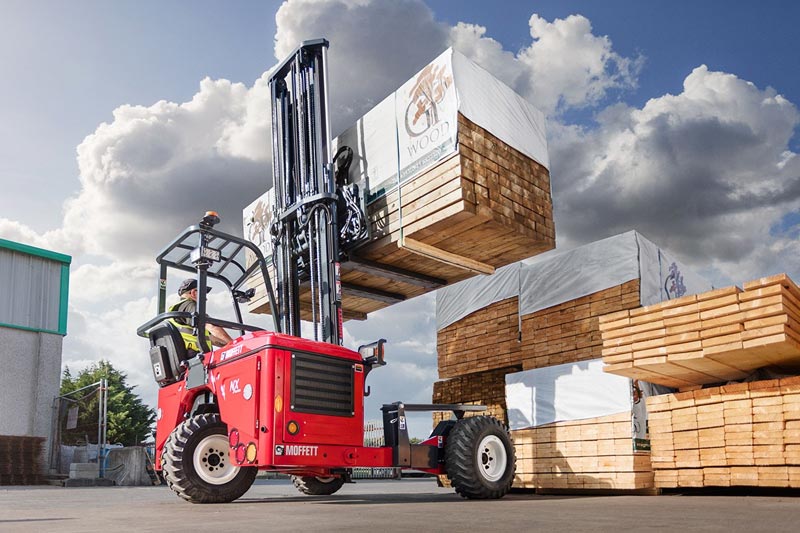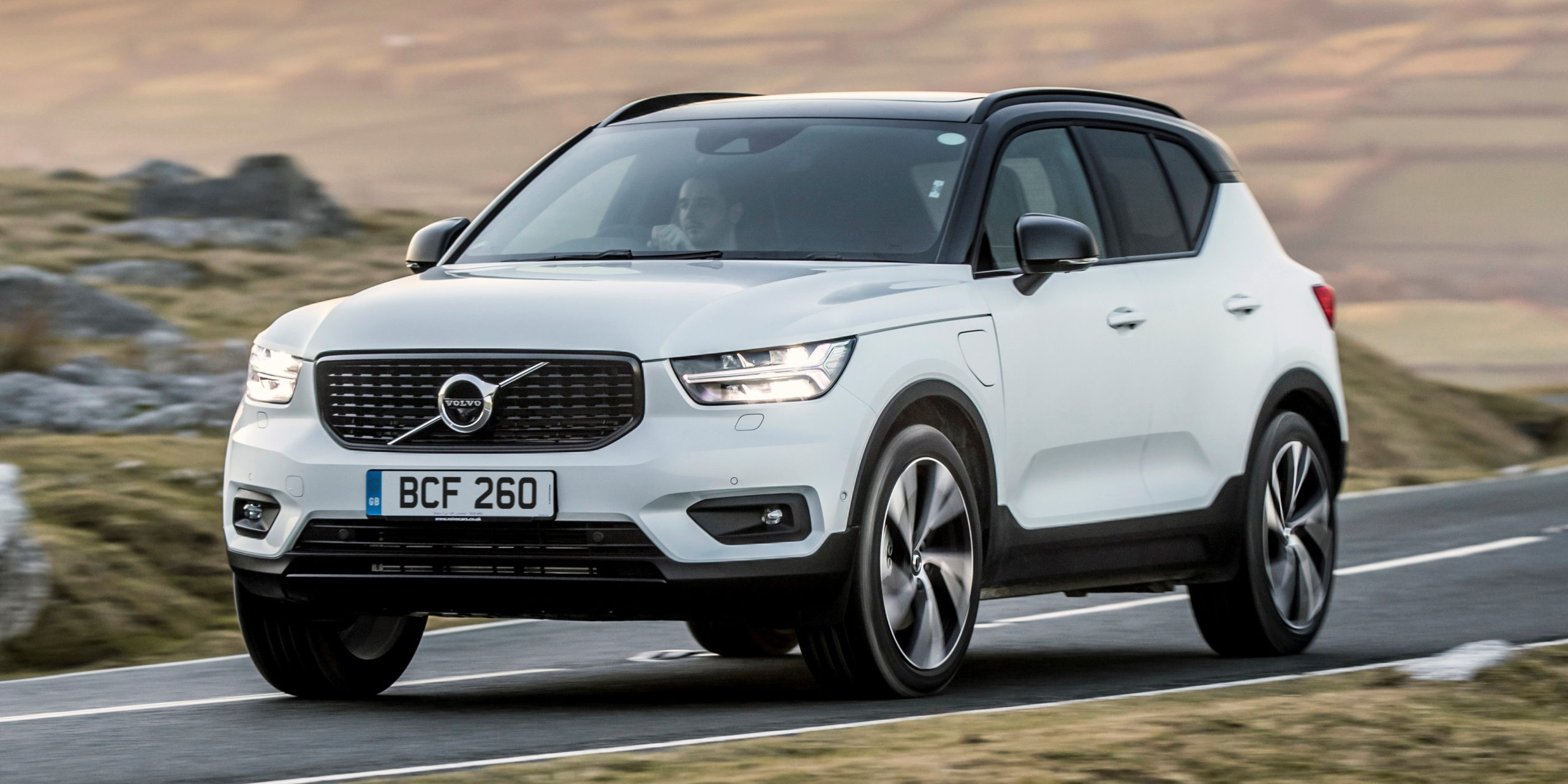Forklifts are perhaps the most common pieces of machinery used for onsite operations, not just in the United States but also all over the world. From transporting heavy material to urban distribution, forklifts are the backbone of the transportation and material handling industry. It is estimated that there are around 855,000 forklifts in the United States alone, with so many forklifts, being used nowadays, the risk, and hazards have increased as well.
However, some forklifts, such as Moffett truck mounted forklifts provide better safety than others do, yet it is still quite possible to suffer life-threatening injuries if the operator is not careful or properly trained. In fact, the Occupational Safety and Health Administration (OSHA) estimate that there are approximately 100,000 injuries per year (non-serious, serious, and fatal) due to forklift misuse or accidents. Therefore, it is essential for all managers and forklift operators to be aware of the common forklift hazards that occur during operation. This helps keeps operators and employees vigilant and prevent forklift-related accidents from occurring.
Forklift Hazards during Operation
Let us look at four of the most common forklift hazards that occur during operations.
- Attachments to Loads: The first and foremost person at risk of getting hurt by forklifts is the operator himself. The most common cause of forklift injuries is the tipping over of forklifts. This can occur when the combined center of gravity of the forklift and the load goes beyond the boundaries of the triangle of stability. Even if the operator is carrying a load that is within the weight lifting capacity of the forklift, some forklift attachments can cause accidents. These attachments may include paper-roll clamps, carton clamps, rotators, or even elements like push-pull elements, which may affect the forklifts load capacity in a number of ways. These attachments may increase the weight or length of the load and make it exceed the recommended safe operating limits. Attachments also cause functional inefficiencies by reducing the amount of load that can be lifted. If the lifting capacity of a forklift is 2500kg, then by adding a 1000kg attachment you reduce the capacity of load carrying by 1000kg. That is why, it is essential to buy reliable forklifts from trusted retailers, such as Moffett Truck. The forklift should be one that can bear the weight of attachments without putting the life of the operator at risk.
- Load Carrying Hazard: As mentioned above, loads can cause forklifts to flip over, which can lead to serious injuries or even death. Operators and managers are also unaware of a number of load carrying hazards. For example, unstable loads may reduce the stability of the forklift. Carrying loads of hazardous material such as toxins or hospital wastes may be dangerous if it were to spill. Carrying a heavy load with forks too high reduces the stability and makes the forklift tip over since the center of gravity is higher. Similarly carrying loads that can block your forward vision is extremely dangerous because the operator will be unable to see any obstacles ahead. Stacking and un-stacking on racks can lead to loads falling over and causing injury. It is essential to use forklifts that provide the best stability such as Moffett piggyback forklifts that have a low center of gravity and hydraulic stabilizers to prevent tipping over.
- Hazard to Pedestrians: Pedestrians can get hurt around forklifts almost as easily and severely as the operator can. If the operator has an obstructed view, it can lead to a collision with a pedestrian. Sometimes, maneuvering the lift truck towards other pedestrians alongside or infront of the truck can cause injury to the pedestrian as well. Not following the speed limit in the work area can cause injury to nearby pedestrians since there isn’t enough time to brake or change course and if the operator is generally unaware of pedestrians in the area, then it can be hazardous. Finally, carrying passengers on forklifts is a sure fire way of causing an accident since a forklift is designed to carry loads, not extra people. They may fall off or disrupt the center of gravity causing the forklift to flip over.
- Unsafe Work Environment: Unsafe work environments include working in areas where the forklift is not designed to work. These include:
- Area with ramps
- Slippery floors
- Dirt or gravel
- Areas with poor lighting
These areas increase the chance of a forklift accident since the forklift is ill-equipped to deal with these conditions.
How to Minimize Hazards
The best way to minimize these hazards is by hiring a trained operator who is well equipped with all the necessary knowledge and experience to safely use a forklift. Secondly, you can buy reliable forklifts such as Moffett forklift trucks that are able to provide maximum stability and safety in all conditions.









